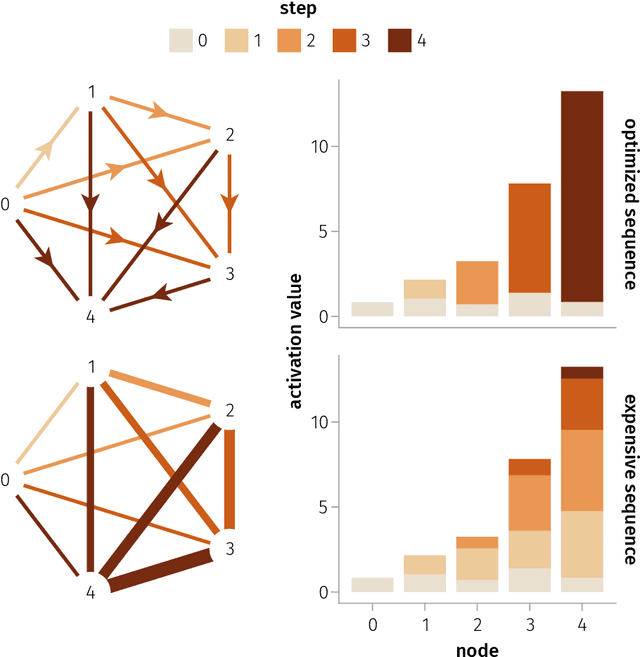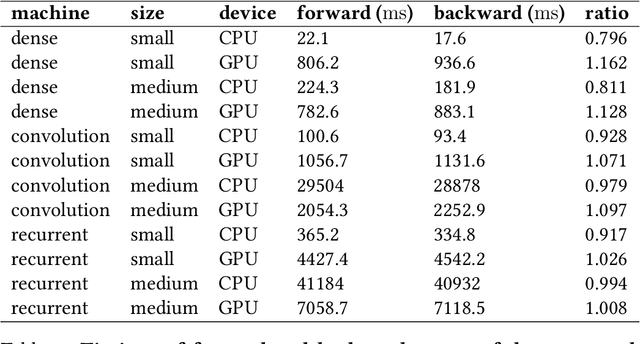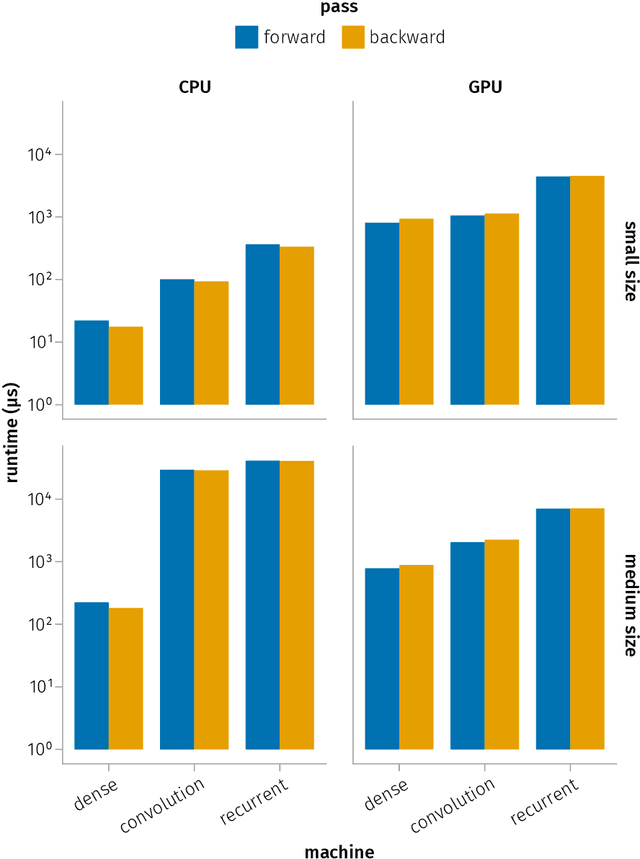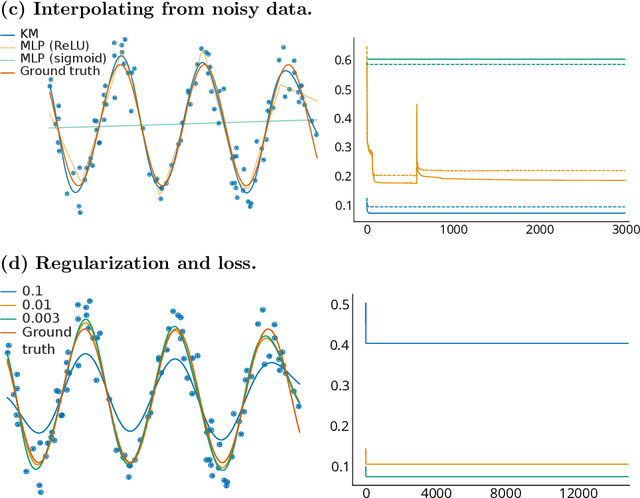Pietro Vertechi
Persistence-based operators in machine learning
Dec 28, 2022Abstract:Artificial neural networks can learn complex, salient data features to achieve a given task. On the opposite end of the spectrum, mathematically grounded methods such as topological data analysis allow users to design analysis pipelines fully aware of data constraints and symmetries. We introduce a class of persistence-based neural network layers. Persistence-based layers allow the users to easily inject knowledge about symmetries (equivariance) respected by the data, are equipped with learnable weights, and can be composed with state-of-the-art neural architectures.
Neural network layers as parametric spans
Aug 01, 2022Abstract:Properties such as composability and automatic differentiation made artificial neural networks a pervasive tool in applications. Tackling more challenging problems caused neural networks to progressively become more complex and thus difficult to define from a mathematical perspective. We present a general definition of linear layer arising from a categorical framework based on the notions of integration theory and parametric spans. This definition generalizes and encompasses classical layers (e.g., dense, convolutional), while guaranteeing existence and computability of the layer's derivatives for backpropagation.
Machines of finite depth: towards a formalization of neural networks
Apr 27, 2022



Abstract:We provide a unifying framework where artificial neural networks and their architectures can be formally described as particular cases of a general mathematical construction--machines of finite depth. Unlike neural networks, machines have a precise definition, from which several properties follow naturally. Machines of finite depth are modular (they can be combined), efficiently computable and differentiable. The backward pass of a machine is again a machine and can be computed without overhead using the same procedure as the forward pass. We prove this statement theoretically and practically, via a unified implementation that generalizes several classical architectures--dense, convolutional, and recurrent neural networks with a rich shortcut structure--and their respective backpropagation rules.
Parametric machines: a fresh approach to architecture search
Jul 08, 2020



Abstract:Using tools from category theory, we provide a framework where artificial neural networks, and their architectures, can be formally described. We first define the notion of machine in a general categorical context, and show how simple machines can be combined into more complex ones. We explore finite- and infinite-depth machines, which generalize neural networks and neural ordinary differential equations. Borrowing ideas from functional analysis and kernel methods, we build complete, normed, infinite-dimensional spaces of machines, and discuss how to find optimal architectures and parameters -- within those spaces -- to solve a given computational problem. In our numerical experiments, these kernel-inspired networks can outperform classical neural networks when the training dataset is small.
 Add to Chrome
Add to Chrome Add to Firefox
Add to Firefox Add to Edge
Add to Edge